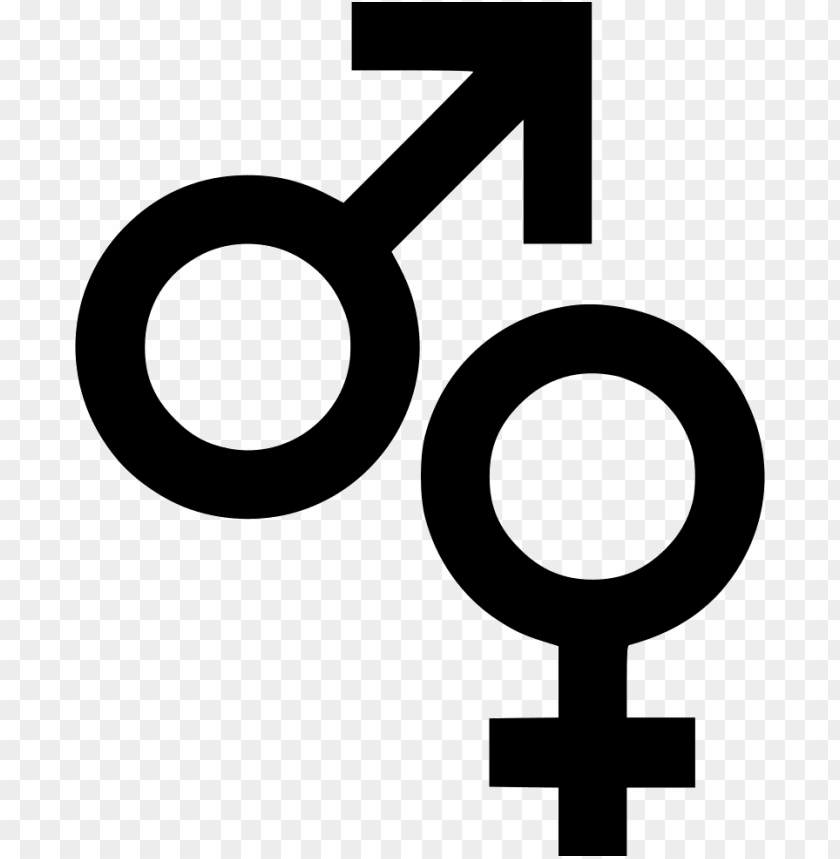Biological symbols for male and female are ubiquitous in our society. They are used to differentiate between the two sexes and are found in various forms such as on restroom doors, medical forms, and even in emojis. These symbols have a long history and have evolved over time.

The Origins of Biological Symbols for Male and Female
The biological symbols for male and female have been used for centuries, and their origins can be traced back to ancient Greece. The symbol for male is derived from the astrological symbol for Mars, the Roman god of war. The symbol for female, on the other hand, is derived from the astrological symbol for Venus, the Roman goddess of love.


Over time, these symbols have become widely recognized and are used to represent not only biological sex but also gender identity. However, it is important to note that while the symbols may be associated with certain genders, they do not define them.
The Evolution of Biological Symbols for Male and Female
While the symbols for male and female have a long history, they have also evolved over time. In the 20th century, the symbols were simplified and made more geometric. The male symbol became a circle with an arrow pointing upwards, while the female symbol became a circle with a cross at the bottom.
More recently, there has been a push to create more inclusive symbols that represent non-binary individuals. These symbols often incorporate elements of both the male and female symbols, such as a circle with an arrow and cross combined.
The Importance of Biological Symbols for Male and Female
The biological symbols for male and female are important because they allow individuals to easily identify and communicate gender. They are also used in medical settings to differentiate between male and female patients and are included on most medical forms. Additionally, they are used in many cultures to signify gender on restroom doors.
However, it is important to note that while these symbols are widely recognized, they do not represent everyone. There are many individuals who do not identify with either the male or female symbol, and it is important to create more inclusive symbols to represent them.
Conclusion
The biological symbols for male and female have a long history and have evolved over time. They are important in our society because they allow individuals to easily identify and communicate gender. However, it is important to create more inclusive symbols to represent non-binary individuals and those who do not identify with either the male or female symbol.